The Norjack is a unique designer dog, an intentional crossbreed between two small terrier breeds, the Norfolk Terrier and the Parson Jack Russell Terrier.
Norfolk Terrier X Jack Russell Terrier = Norjack
Appearance
This small-sized dog breed has inherited physical traits from both its parents, the Norfolk Terrier, and the Jack Russel Terrier. They have a compact little body shape with a straight built with long legs, a rounded head, and a wedge-shaped black muzzle. An adult Norjack measures between 25cm and 33cm making it a small breed which is agile and built for speed.
Norjacks usually have dark oval or almond-shaped eyes and V-shaped ears handing forward. Owing to its parent’s lineage they have a double-coat with wiry, soft and straight fur. They usually have a fawn or sable coat color which may vary o red or have white patches at times. This hybrid dog differs in its appearance depending on which breed characteristics and appearance it inherits.
-
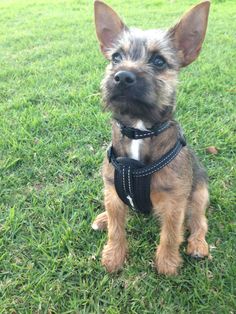
Norjack -
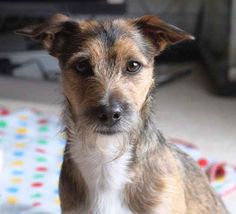
Norjack Terrier -
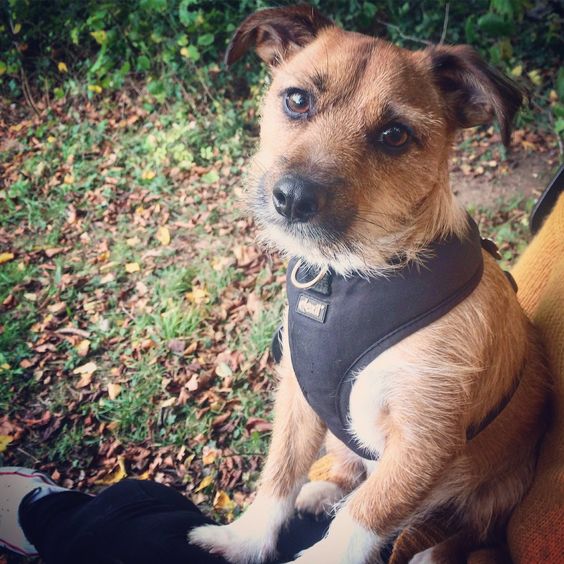
Norjack Puppy -
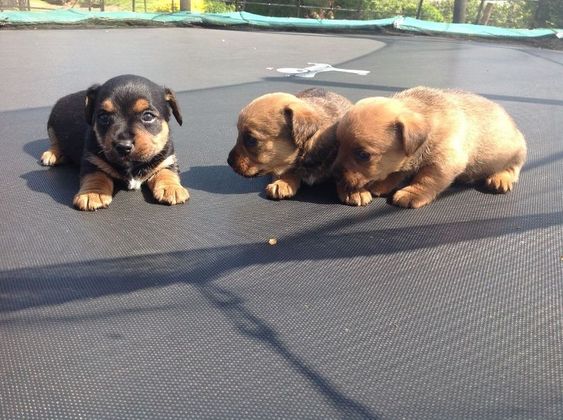
Norjack Puppies -

Norjack Pictures -
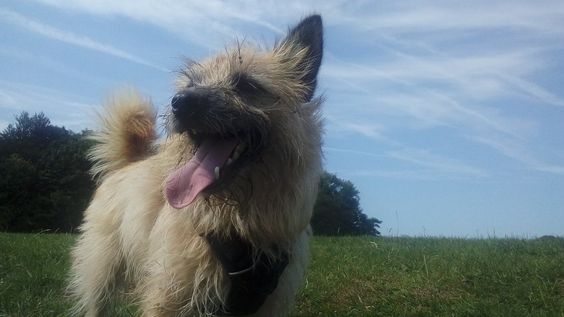
Norjack Full Grown -
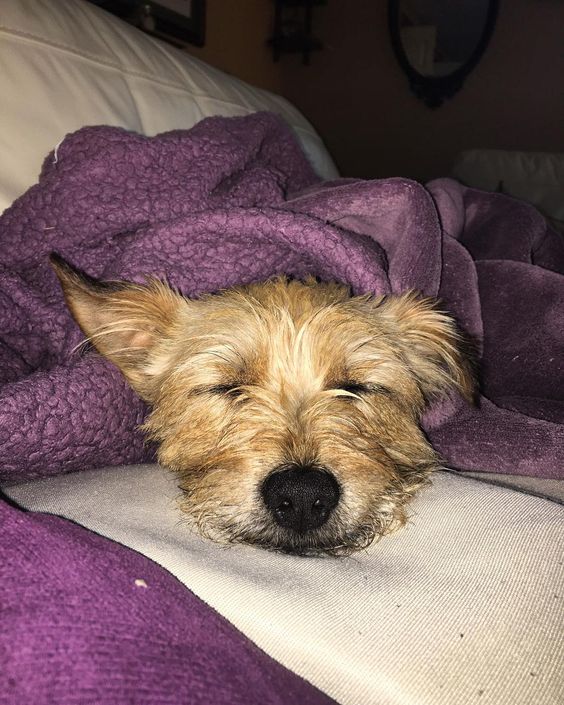
Norjack Dog Breed -
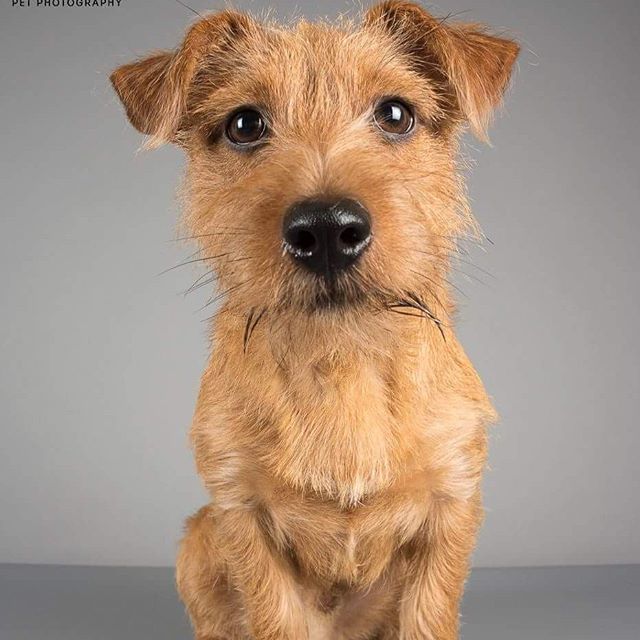
Norjack Dog -
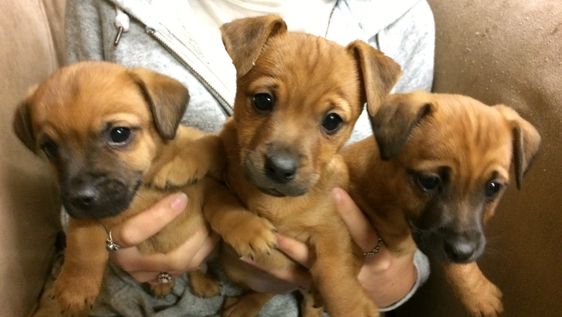
Norfolk X Jack Russell (Norjack) -
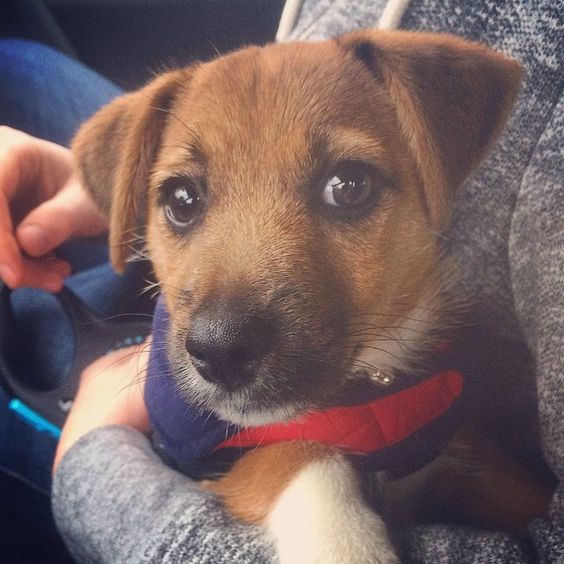
Norfolk terrier X Jack Russell
Quick Information
| Characteristics | Details |
|---|---|
| Name | Norjack |
| Color | White, Brown, Sable, Fawn, Red |
| Coat | Soft, Dense, Straight or Wiry, medium |
| Breed Type | Crossbreed |
| Breed Group | Companion Dogs, Terrier Group |
| Size | Small Sized |
| Hieght | 10-13 inches |
| Weight | 12-15 lbs |
| Temperament | Loving, Affectionate, Friendly, Intelligent, Fiesty |
| Barking Level | Moderate |
| Energy Level | Active |
| Good with Children | Yes |
| Good with Other Dogs | Supervision Required |
Temperament & Personality
This small working dog is known for its speed, agility and high-energy. They love being the attention seekers and are happy to be involved in activities to keep them busy. However, this canine can be very demanding if they feel left out and do not get the attention of the family. They are quick learners and intelligent to pick commands fast. But owing to its independent and stubborn nature they can be tough to train at times. It’s best recommended to give them early socialization and training from their puppy days.
This breed makes good family dogs and is good with older children owing to their playful nature. They should be supervised around young toddlers as some of them may get jealous or impatient with young babies. They are compatible with other dogs and cats if introduced from a younger age, as otherwise, they can be a bit bossy or aggressive towards them.
Care ~ Exercise
These small dogs are a great bundle of energy and require good exercise and playtime. A good walk or run for 60-90 minutes is recommended to keep them active and mentally stimulated to avoid boredom. When bored or frustrated they may tend to be destructive in behavior.
They enjoy hiking, running and agility training activities. Owing to their restless behavior it is best to keep them off-leash in a fenced-yard or else they may be prey driven and attack smaller animals.
Grooming
These short furred canines tend to shed quite a lot. During their shedding season, they should be brushed on a daily basis. Otherwise brushing once a week will suffice, to distribute their natural oils evenly and keep them free from dirt and debris.
Norjacks need to be bathed 3-4 times a year. Too much bathing may strip them of their natural oils making their coat brittle and dry.
Health Problems
A Norjack is a rare cross-breed and not much health cases have been reported so it is vital that their health is monitored closely and regular visits to the vet is done.
Training
These playful dogs are cheerful and easy to train. However, they can still be demanding and stubborn at times.
Early socialization from puppyhood days is required to help them be well-rounded dogs. They will be even-tempered and will not shy away from children or strangers.
Obedience Training: This breed is quick to pick commands and hence training them to obey commands like “come”, “sit”, “stay” is not a difficult task.
Feeding/Diet
A well-balanced diet suitable for dogs of his age and size should be ideal. Clean drinking water should be available all the time.

